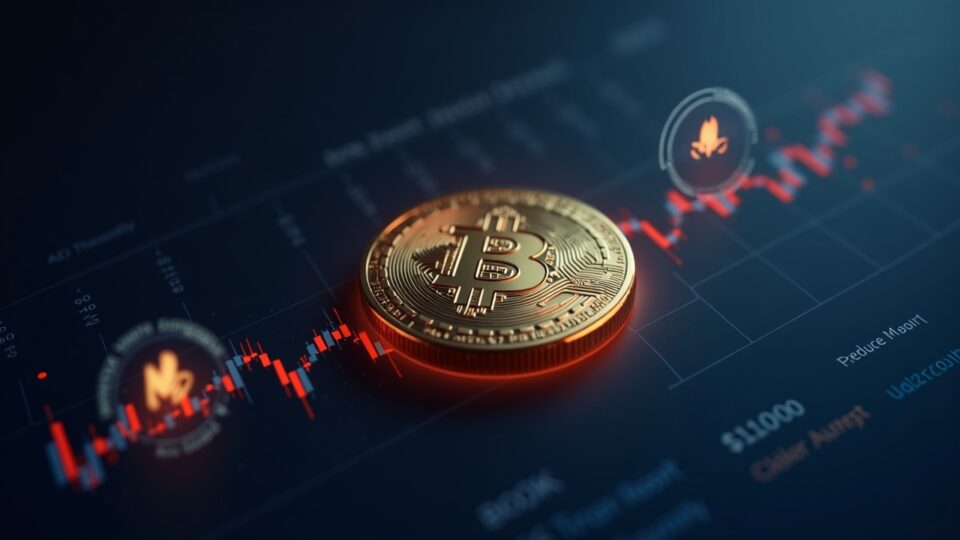BONK fell below $0.0000137 to $0.00001232 amid a surge in volume, a move that dragged retail traders and liquidated leveraged positions. This breakdown matters for investors, product teams, and compliance because it directly affects liquidity and exchange balances across venues. Signals of seller exhaustion and a DAO plan to burn 1 trillion tokens frame the near-term outlook as the market assesses whether supply overhang has been cleared.
The loss of support and volume increase defined the move: BONK broke below $0.0000137 and reached $0.00001232, triggering liquidations and shaking out retail participants. According to the market dynamics narrative, intraday drops of 10–11.2% coincided with volume peaks 46–67% above the daily average, highlighting stress in short-term positioning.
Breaking the $0.00001380–$0.00001410 demand zone turned that floor into nearby resistance at $0.0000144. The aftermath has been a pattern of lower highs and tight consolidation, a structure consistent with a distribution phase. By touching $0.00001232, the market confirmed a short-term bearish bias before showing early stabilization signals, suggesting a potential shift in momentum if selling pressure fades.
On-chain movements added a critical layer: large holders stepped in with notable purchases — for example, an acquisition of 80 billion tokens — while exchange balances visibly declined, a metric historically linked to accumulation or withdrawals to self-custody. The project’s DAO announced a 1 trillion token burn plan, a deflationary measure intended to reduce circulating supply and potentially create upward pressure if demand holds.
Implications for BONK
If seller exhaustion is confirmed, the likely path over the next days to weeks is a technical recovery that retests prior resistances and builds a new trading base. This scenario depends on whether buyers continue to absorb supply and whether on-chain signals maintain a constructive bias.
High volumes during the fall imply liquidations, while token withdrawals from exchanges reduce the available float and can restrict upward liquidity if demand returns. A decisive break below $0.000014 would invalidate the recovery scenario and reopen paths to new lows, undermining any near-term rebound thesis.
The DAO’s proposed 1 trillion token burn is a structural driver that, if executed, reduces supply and can increase potential upward pressure provided demand is stable.
In practical terms, the market’s near-term direction hinges on seller exhaustion, exchange balance trends, and the burn’s follow-through. Monitoring these elements will help determine if BONK can transition from distribution to a recovery base or extend weakness toward new lows.

